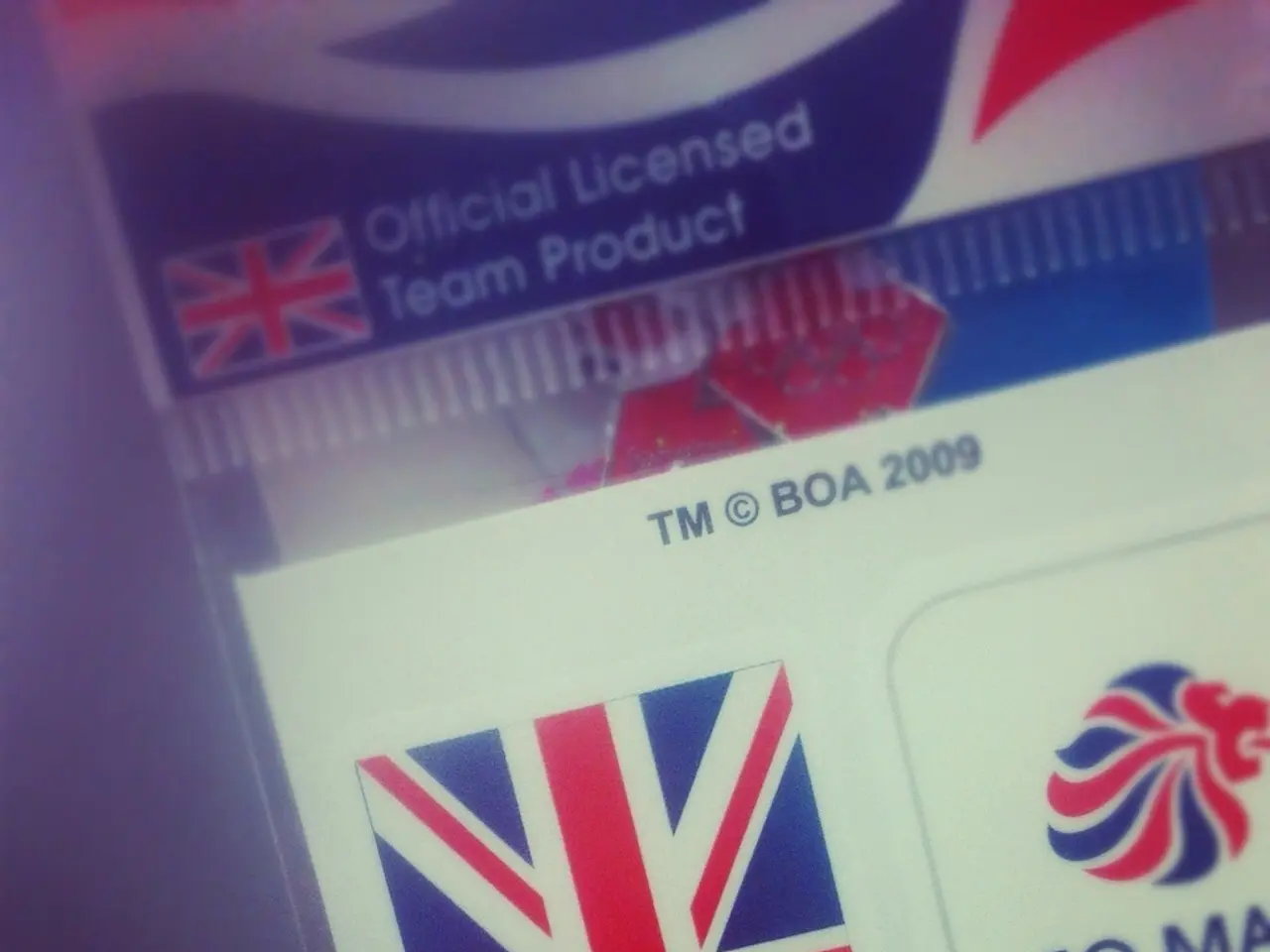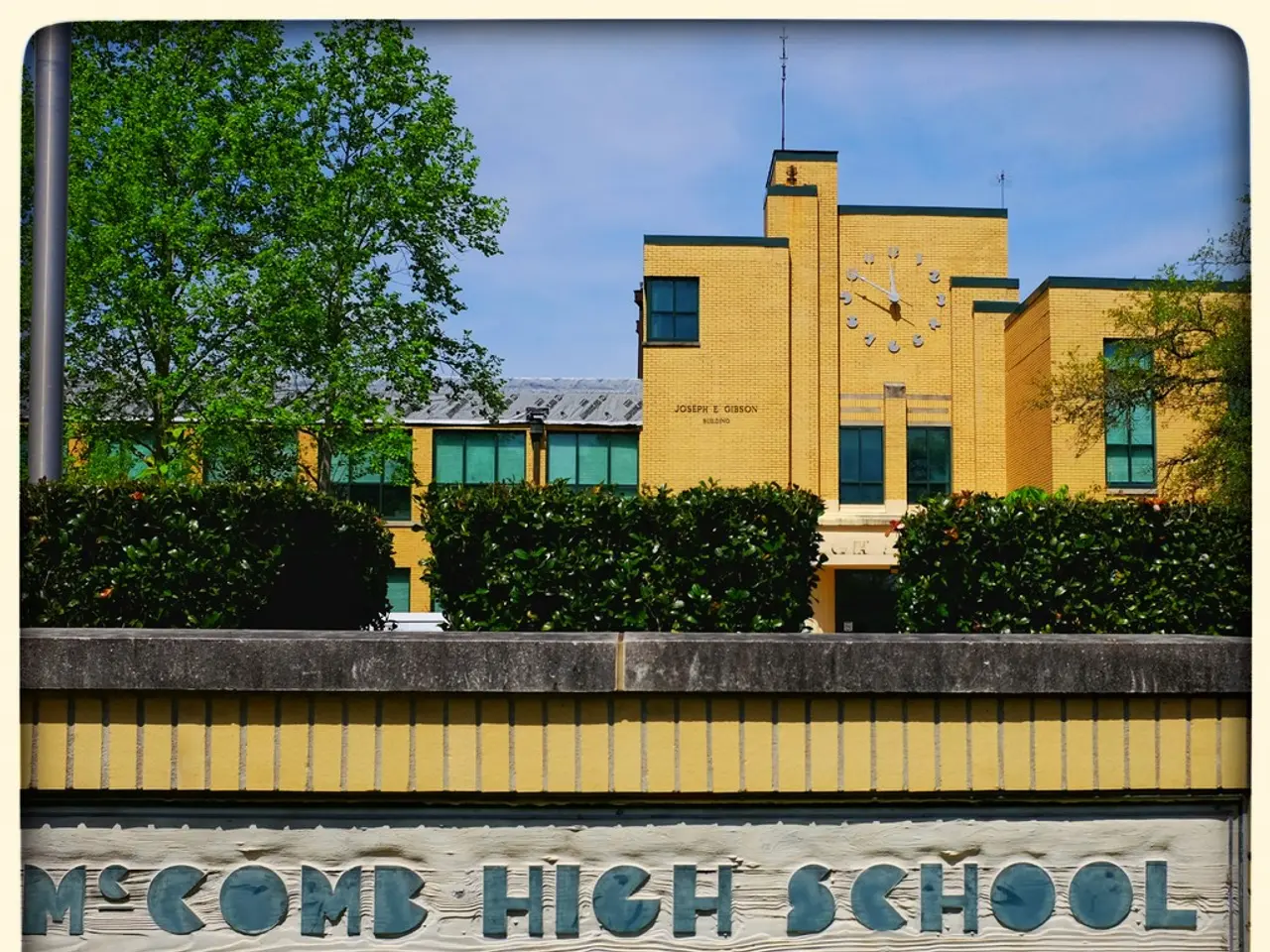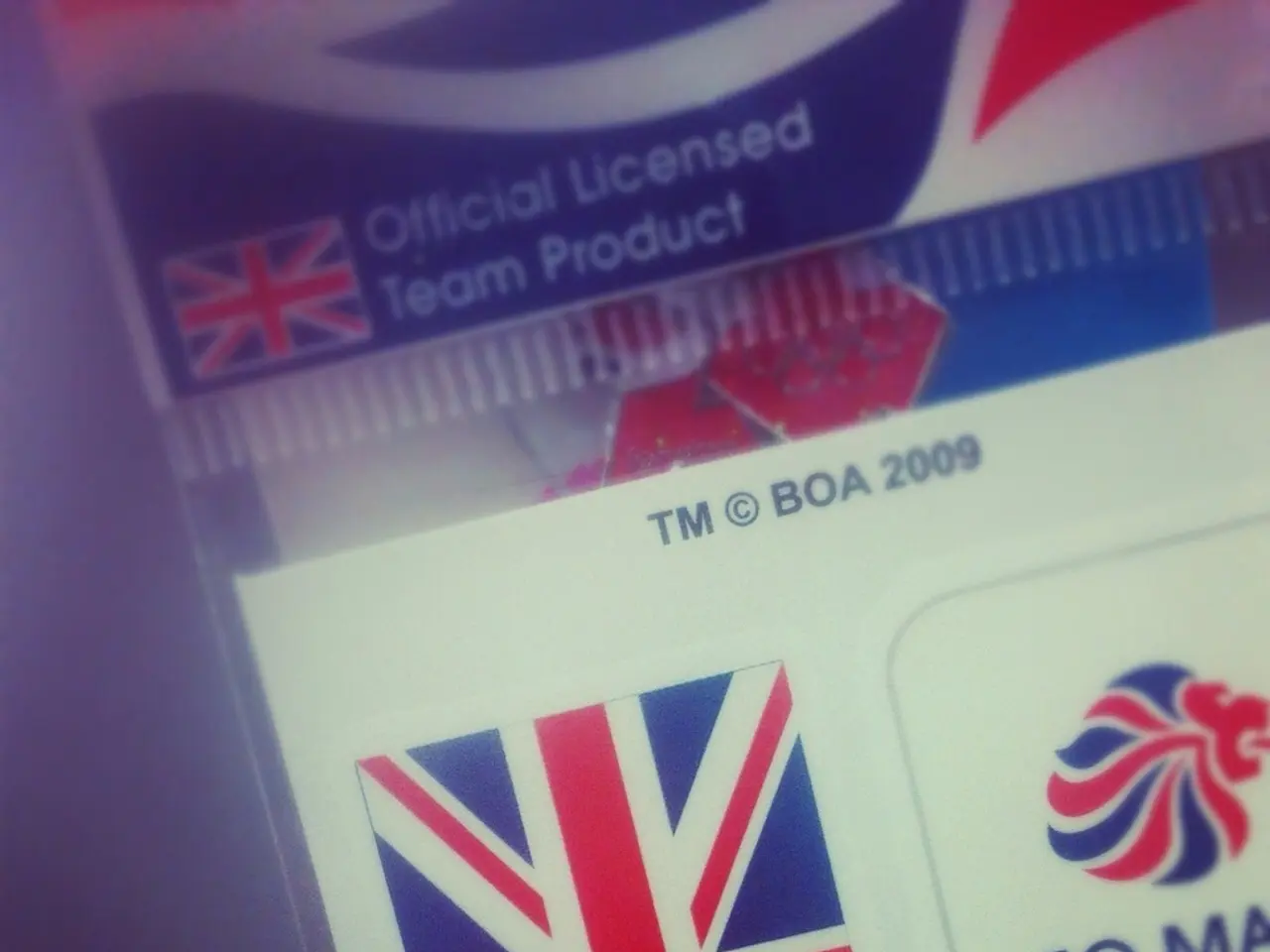ICSE Class 10 History and Civics Syllabus for the academic year 2025-26 is now available for download in PDF format here
The Indian Certificate of Secondary Education (ICSE) has released the syllabus for Class 10 History and Civics for the academic year 2025-26. The syllabus is structured into two main parts: Civics and History, with a clear division of chapters and topics.
In Civics, students will learn about the Union Legislature (Lok Sabha and Rajya Sabha), the Union Executive (The President, The Vice-President, Prime Minister & Council of Ministers), and the Judiciary (The Supreme Court, The High Courts, Subordinate Courts).
The History section covers the Indian National Movement (1857 - 1917) and the Mass Phase of the National Movement (1915 - 1947). The Indian National Movement includes the First War of Independence, factors leading to nationalism, and the first phase of the national movement. The Mass Phase of the National Movement covers Mahatma Gandhi's leadership, the Forward Bloc and the Indian National Army (INA), and India's Independence and Partition.
Additionally, the syllabus includes topics on the Contemporary World, such as the First World War, the rise of dictatorships, the Second World War, the United Nations, and the Non-Aligned Movement (NAM).
The exam paper is divided into two parts, with a total of 80 marks. Part I consists of short answer-type questions covering the entire syllabus, while Part II is divided into two sections. Section A focuses on Civics, with students answering 2 out of 3 questions, and Section B on History, with students answering 3 out of 5 questions.
The exam paper follows a traditional ICSE structure, with each question carrying marks based on its length and complexity. The time allotted for the exam is typically 2 hours.
To prepare for the exam, students are advised to focus on ICSE recommended textbooks, practice previous years’ question papers, and pay special attention to the union government's structure (legislature, executive, judiciary) and key phases of India's freedom struggle. Understanding global events like the World Wars and the formation of international organizations is also crucial for scoring well in the Contemporary World section.
Some key figures and events mentioned in the syllabus include the formation of the Indian National Congress, the role of early Nationalists such as Dadabhai Naoroji, Surendranath Banerjee, and Gopal Krishna Gokhle, and the contributions of Bal Gangadhar Tilak, Bipin Chandra Pal, and Lala Lajpat Rai, who were Radicals. The syllabus also covers the Muslim League, the formation of the Council of Ministers, the tenure, functions, position, and powers of the Prime Minister, and the role of the Press in the growth of Nationalism.
The syllabus also includes details on the qualifications for election, the composition of the Electoral College, the term of office, the procedure for impeachment, the powers, and functions of the President, and the qualifications for election, term of office, and powers of the Vice-President.
Sources: [1] ICSE Class 10 History and Civics Syllabus 2025-26 [2] ICSE Exam Pattern and Marking Scheme [3] ICSE Board Exam Structure and Time Allotment [4] Preparation Tips for ICSE Class 10 History and Civics Exam [5] Understanding the ICSE Class 10 History and Civics Syllabus 2025-26
In pursuit of comprehensive education and self-development, students must delve into the Learning of key aspects of the Indian political system as outlined in the ICSE Class 10 History and Civics Syllabus 2025-26. This includes the structure of the Union Legislature, the Union Executive, and the Judiciary, as well as the history of India's freedom struggle and the contemporary world.




